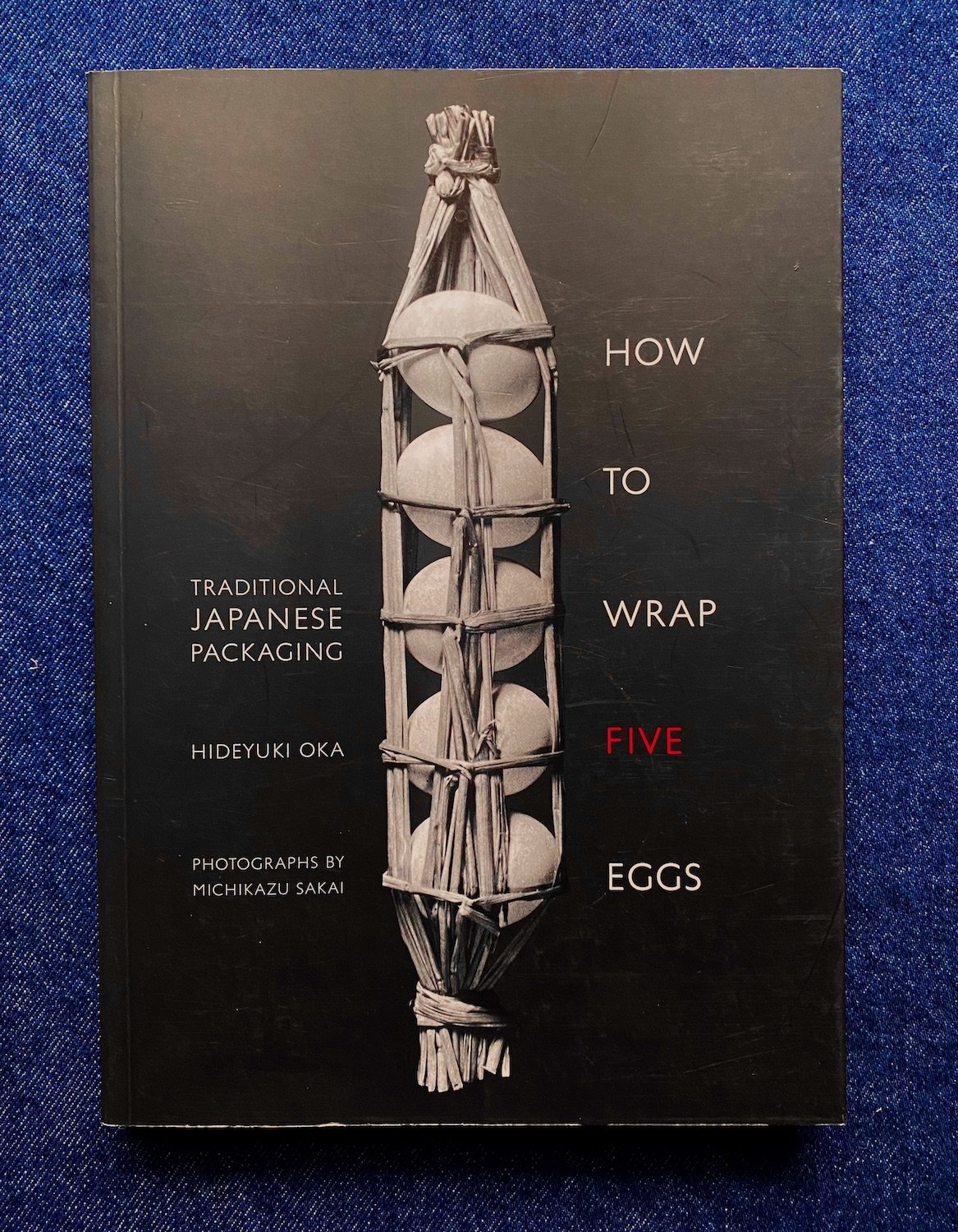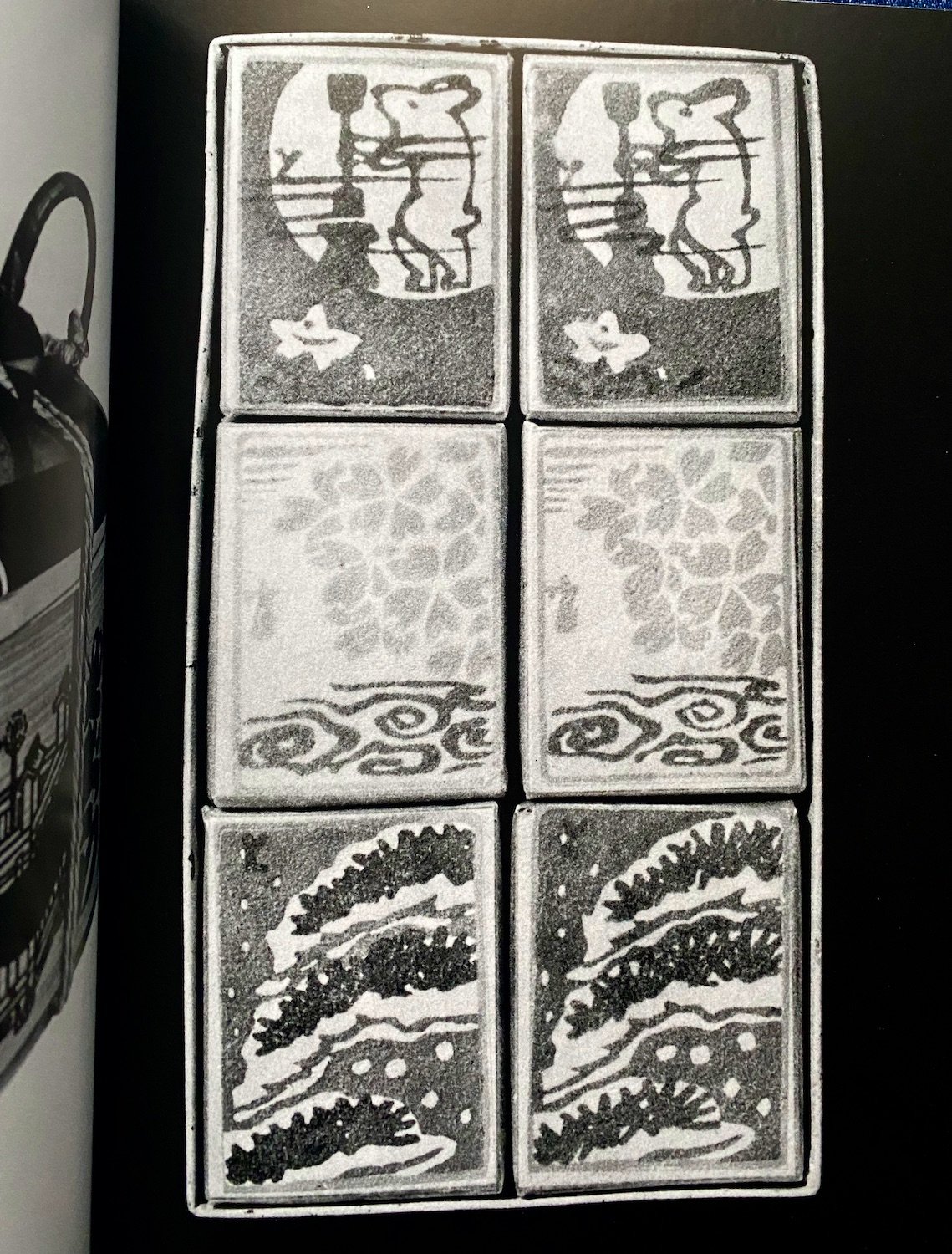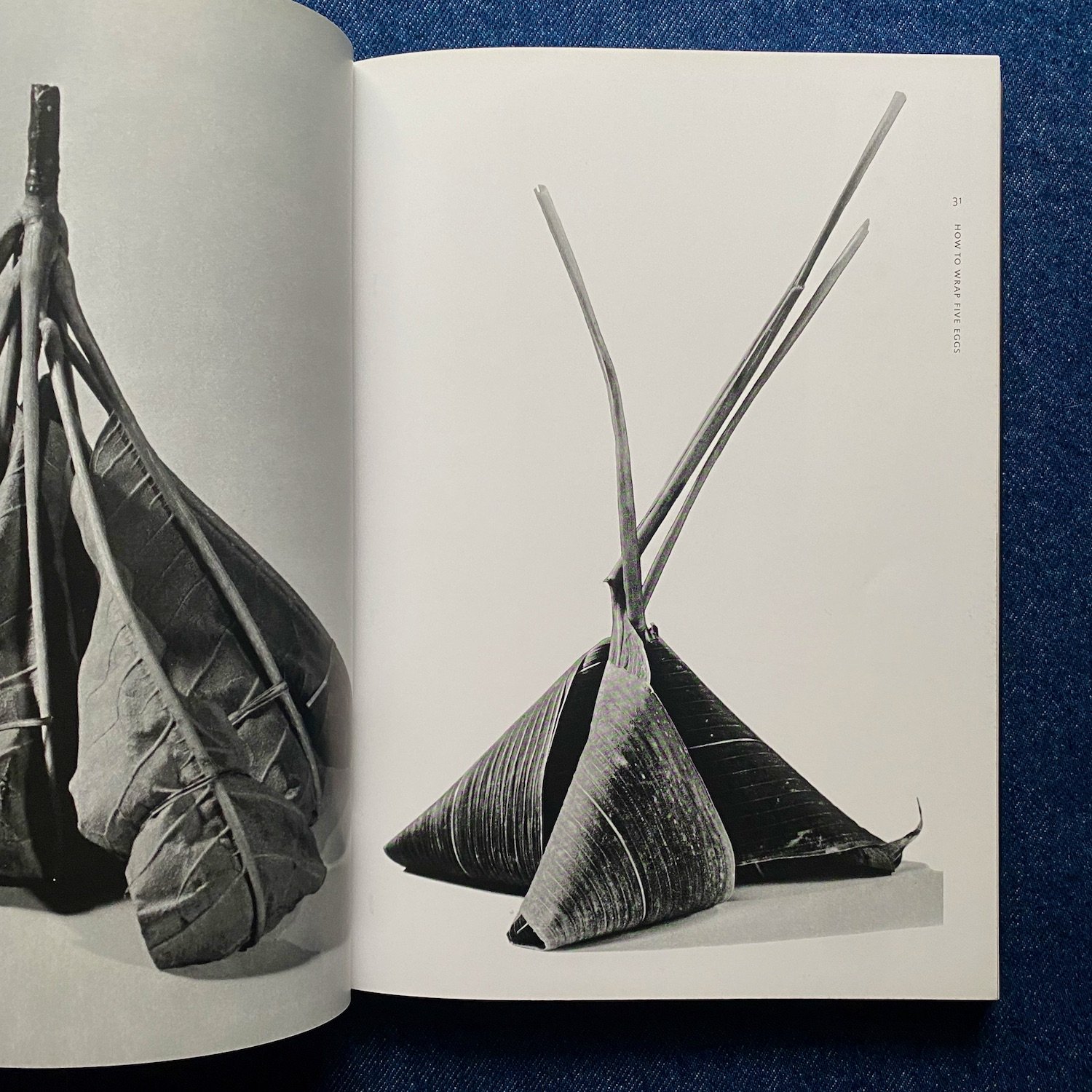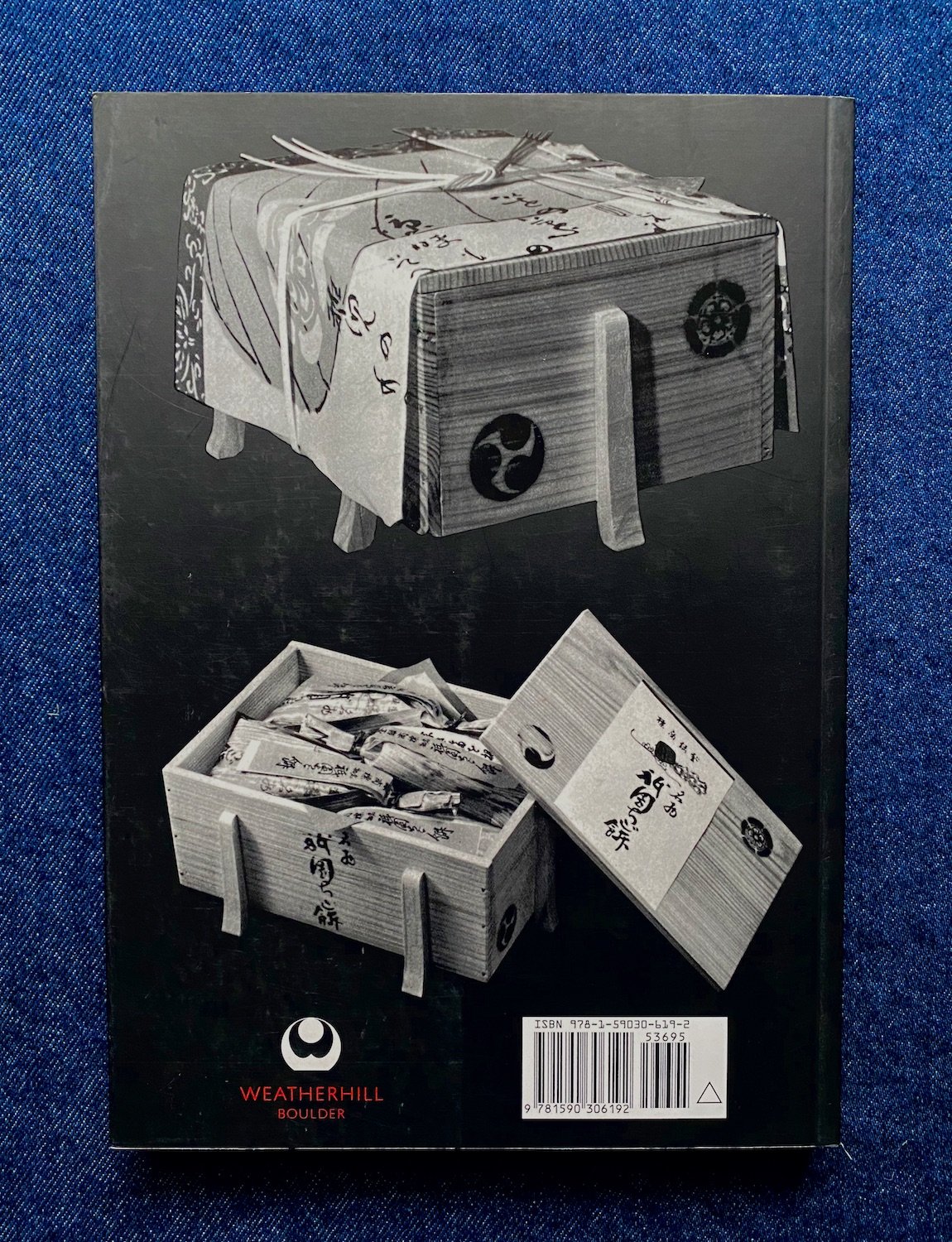 Image 1 of 4
Image 1 of 4

 Image 2 of 4
Image 2 of 4

 Image 3 of 4
Image 3 of 4

 Image 4 of 4
Image 4 of 4





How to Wrap Five Eggs
By Hideyuki Oka. Photographs by Michikazu Sakai.
Traditional Japanese packaging is an art form that applies sophisticated design and natural aesthetics to simple objects. In this elegant presentation of the baskets, boxes, wrappers, and containers that were used in ordinary, day-to-day life, we are offered a stunning example of a time before mass production. Largely constructed of bamboo, rice straw, hemp twine, paper, and leaves, all of the objects shown here are made from natural materials. Through 221 black-and-white photographs of authentic examples of traditional Japanese packaging—with commentary on the origins, materials, and use of each piece—the items here offer a look into a lost art, while also reminding us of the connection to nature and the human imprint of handwork that was once so alive and vibrant in our everyday lives. This classic book was originally published under the title How to Wrap Five More Eggs in 1975. (From the Publisher)
Weatherhill, 2008. Paperback. 224 pages, 7” X 10” Lightly read.
By Hideyuki Oka. Photographs by Michikazu Sakai.
Traditional Japanese packaging is an art form that applies sophisticated design and natural aesthetics to simple objects. In this elegant presentation of the baskets, boxes, wrappers, and containers that were used in ordinary, day-to-day life, we are offered a stunning example of a time before mass production. Largely constructed of bamboo, rice straw, hemp twine, paper, and leaves, all of the objects shown here are made from natural materials. Through 221 black-and-white photographs of authentic examples of traditional Japanese packaging—with commentary on the origins, materials, and use of each piece—the items here offer a look into a lost art, while also reminding us of the connection to nature and the human imprint of handwork that was once so alive and vibrant in our everyday lives. This classic book was originally published under the title How to Wrap Five More Eggs in 1975. (From the Publisher)
Weatherhill, 2008. Paperback. 224 pages, 7” X 10” Lightly read.
By Hideyuki Oka. Photographs by Michikazu Sakai.
Traditional Japanese packaging is an art form that applies sophisticated design and natural aesthetics to simple objects. In this elegant presentation of the baskets, boxes, wrappers, and containers that were used in ordinary, day-to-day life, we are offered a stunning example of a time before mass production. Largely constructed of bamboo, rice straw, hemp twine, paper, and leaves, all of the objects shown here are made from natural materials. Through 221 black-and-white photographs of authentic examples of traditional Japanese packaging—with commentary on the origins, materials, and use of each piece—the items here offer a look into a lost art, while also reminding us of the connection to nature and the human imprint of handwork that was once so alive and vibrant in our everyday lives. This classic book was originally published under the title How to Wrap Five More Eggs in 1975. (From the Publisher)
Weatherhill, 2008. Paperback. 224 pages, 7” X 10” Lightly read.